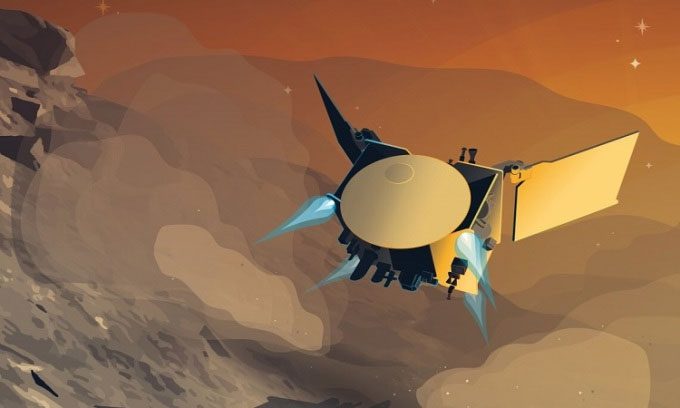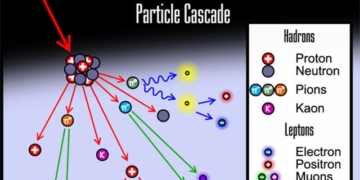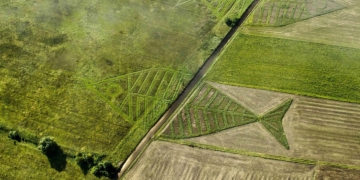NASA’s OSIRIS-REx spacecraft will explore a gigantic asteroid that will fly closer to Earth than most geostationary satellites in 2029.
NASA has extended the OSIRIS-REx mission, which is conducted by the University of Arizona, and renamed it to OSIRIS-APEX. The extended mission will study the near-Earth asteroid Apophis for 18 months. Apophis will fly close to Earth in 2029. The University of Arizona will lead the mission. Thirty days after delivering samples collected from the asteroid Bennu in October 2020, the OSIRIS-REx spacecraft will perform a maneuver to head towards Apophis.

Simulation of the spacecraft activating its thrusters near the surface of the asteroid Apophis. (Photo: Heather Roper)
At that time, the mission team will split into two. The sample analysis team, led by Professor of Planetary Science Dante Lauretta, will study the rock and soil samples from Bennu, while the spacecraft and equipment team will transition to the OSIRIS-APEX (OSIRIS-Apophis Explorer) mission under the direction of Assistant Professor Dani DellaGiustina. The cost for the extended mission is $200 million.
The mission team has been diligently searching for potential asteroid targets. The OSIRIS-REx spacecraft is designed to approach celestial bodies rather than just fly by, take pictures, and quickly gather data. According to DellaGiustina, Apophis is one of the most famous asteroids. When it was first discovered in 2004, researchers were concerned it might collide with Earth in 2029 when it flew close. That risk has been eliminated after recent observations. However, Apophis remains the largest asteroid to fly close to Earth in the next 100 years. During the flyby event in 2029, Apophis will come within 31,000 kilometers of Earth, which is one-tenth the distance between our planet and the Moon, close enough for people in Europe and Africa to observe it with the naked eye.
The OSIRIS-REx spacecraft was launched in 2016 to collect samples from the asteroid Bennu, helping scientists learn about the formation of the Solar System and Earth. OSIRIS-REx is NASA’s first mission to collect and return samples from a near-Earth asteroid. Upon reaching Apophis, the spacecraft will study the asteroid for 18 months and collect samples by approaching the surface and activating its thrusters. This operation will expose the soil layer near the surface of the asteroid, allowing scientists to study its material characteristics.
The research team also aims to understand how Apophis is physically affected by Earth’s gravity as it passes by in 2029 and to analyze the asteroid’s composition. Apophis is similar in size to Bennu but differs in spectral type. Bennu is a type B asteroid associated with carbon chondrite meteorites, while Apophis is a type S asteroid associated with ordinary chondrite meteorites.




















































